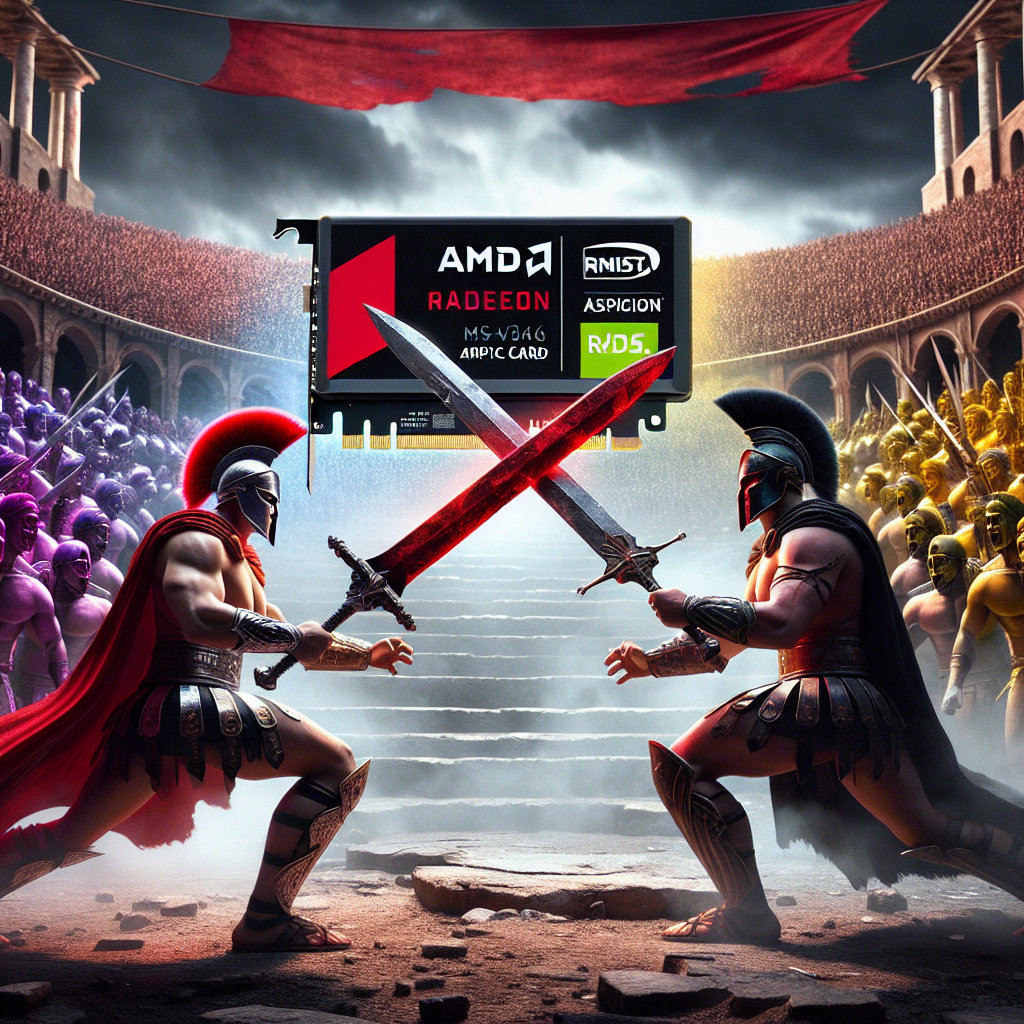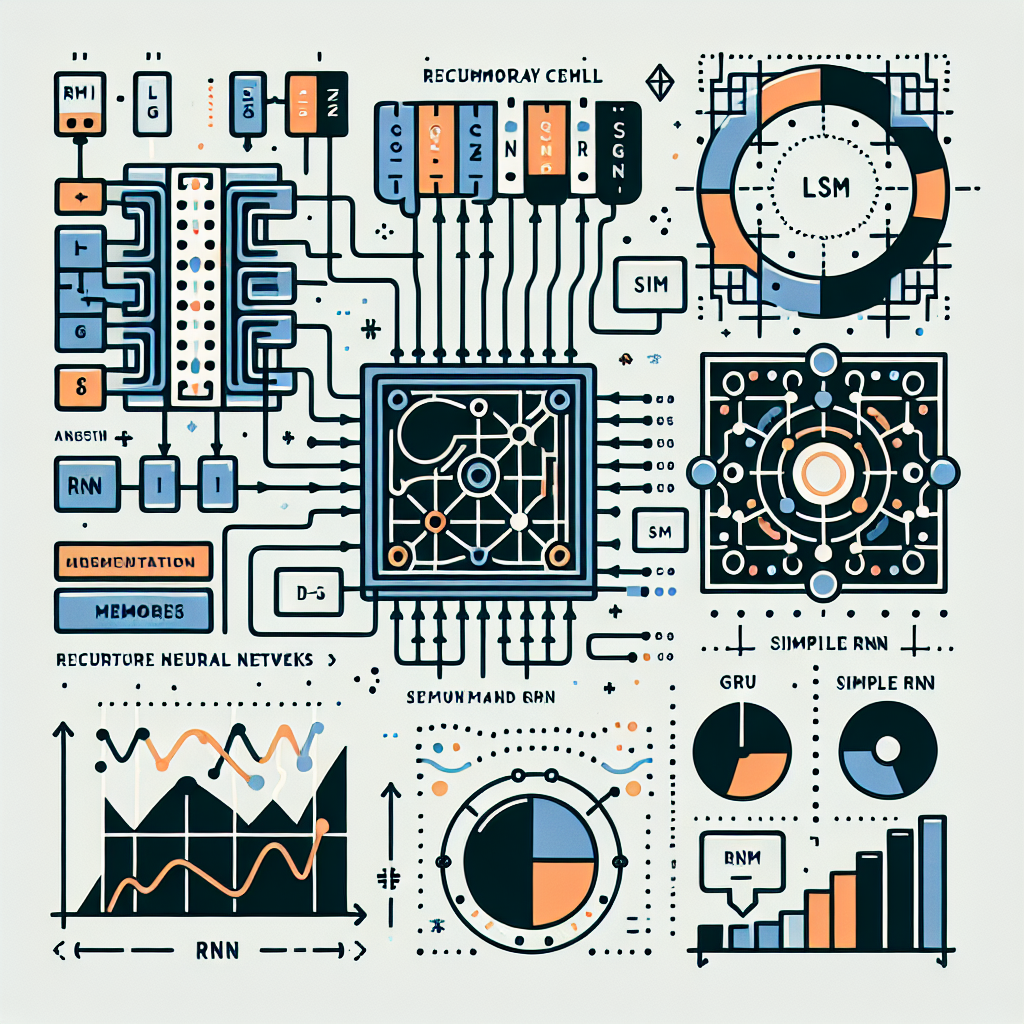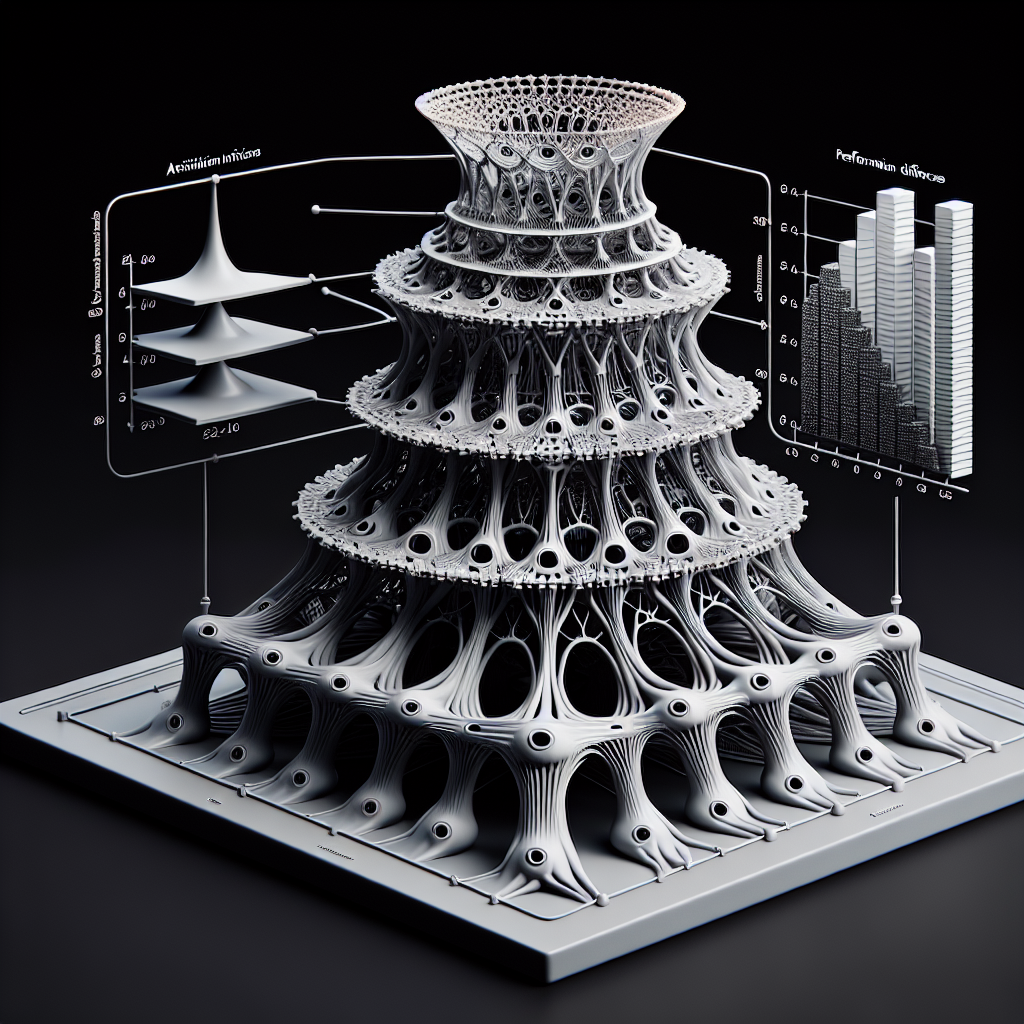Proactive Maintenance vs. Reactive Maintenance: A Comparative Analysis
Maintenance is a crucial aspect of any organization’s operations, as it ensures that equipment and machinery are functioning at their optimal levels. However, there are two main approaches to maintenance: proactive maintenance and reactive maintenance. In this article, we will delve into a comparative analysis of these two approaches, examining their pros and cons, and determining which approach is more beneficial for organizations.
Proactive maintenance, also known as preventive maintenance, involves regularly scheduled inspections, repairs, and replacements of equipment before they fail. This approach aims to prevent breakdowns and extend the lifespan of equipment, ultimately reducing downtime and increasing productivity. Proactive maintenance can take many forms, such as routine inspections, lubrication, and calibration of equipment, and can be scheduled based on usage, manufacturer recommendations, or historical data.
On the other hand, reactive maintenance involves fixing equipment only after it has failed. This approach is often seen as a quick fix to get equipment back up and running as soon as possible. While reactive maintenance may seem cost-effective in the short term, it can lead to increased downtime, higher repair costs, and decreased productivity in the long run. Additionally, reactive maintenance can also result in safety hazards for workers and damage to other equipment.
In terms of cost, proactive maintenance may require a higher initial investment in terms of time, resources, and manpower. However, the long-term benefits of proactive maintenance, such as reduced downtime, lower repair costs, and increased equipment lifespan, often outweigh the initial costs. On the other hand, reactive maintenance may seem more cost-effective in the short term, but can lead to higher overall costs due to increased downtime and repair expenses.
Another key difference between proactive and reactive maintenance is the level of control and predictability they offer. Proactive maintenance allows organizations to plan and schedule maintenance activities in advance, reducing the likelihood of unexpected breakdowns and disruptions to operations. In contrast, reactive maintenance leaves organizations at the mercy of equipment failures, leading to unpredictable downtime and potential losses in productivity.
Overall, proactive maintenance is generally considered to be the more effective and beneficial approach for organizations. By investing in regular maintenance and inspections, organizations can prevent breakdowns, extend equipment lifespan, and ultimately save money in the long run. While reactive maintenance may seem like a quick fix, it often leads to higher costs, increased downtime, and decreased productivity.
In conclusion, proactive maintenance and reactive maintenance are two distinct approaches to maintenance, each with its own set of pros and cons. While proactive maintenance may require a higher initial investment, it offers long-term benefits in terms of reduced downtime, lower repair costs, and increased equipment lifespan. Organizations that prioritize proactive maintenance are likely to see improved operational efficiency, increased reliability, and ultimately, greater success in the long run.











